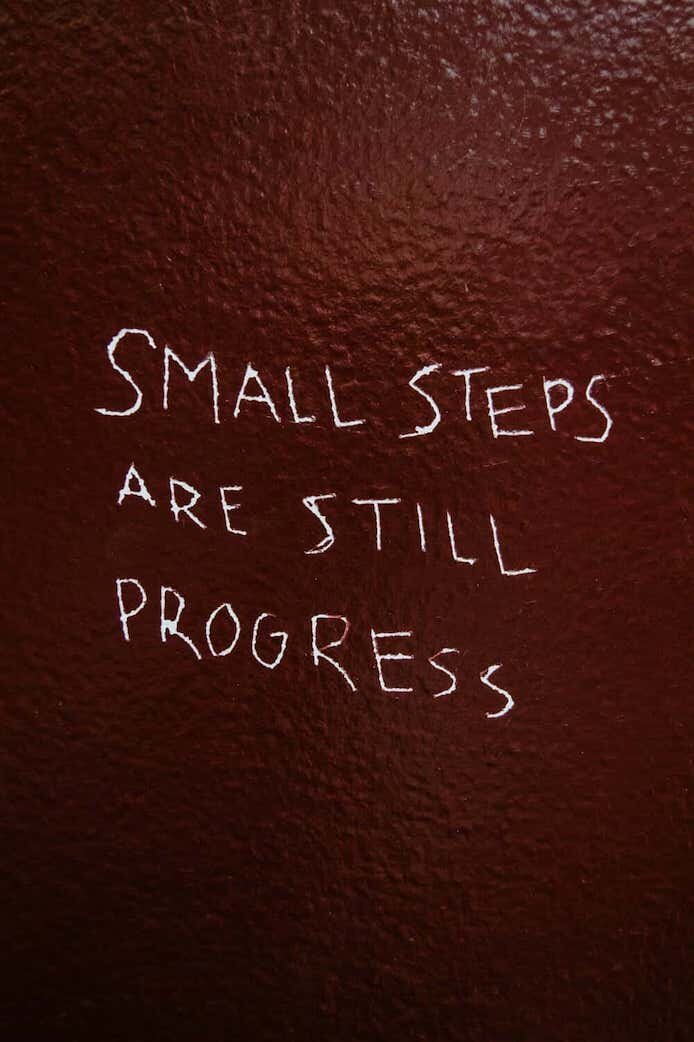Collaborating in Ambiguity
Claire Satera - Unsplash
The interpretation impulse
We all hope for a better world post-COVID yet we all have different ideas about how to get there. Some organizations struggle with remote work, others embrace the opportunity for digital transformation. Some schools resort to teaching through emails and pdfs, while others build up a digital learning environment. There is no one clear path forward.
When in an ambiguous situation, there are many ways to respond, and our behaviors are often influenced by our initial impulse to interpret the situation. Do we see this turbulence as a potential loss or gain?
Loss perspective: Let’s mourn the loss of the status quo with our words and actions and try to retain some sense of the way things were.
Gain perspective: This is an opportunity to aim for something better and create an entirely new status quo!
Consider how your own interpretation can vary depending on the situation, the people, the stakes (higher stakes may make it feel like we have more to lose…).
Oh look, it’s ambiguity. Again.
Ambiguity is the new normal. Well, it feels like that but, of course, this is nothing new. It is inevitable. Uncertainty and change have always been our natural state, not only during a global crisis.
As humans we like order, we don’t like the messy lack of clarity, but systems that minimize disruptions. We like to believe that we can manage evolution. It soothes the unsettling feeling that nothing is clear. While there are plenty of things we don’t know these days, at least one thing remains perfectly clear: ambiguity fuels transformation.
We have already shared our understanding of ambiguity and suggested the different ways that people act in ambiguity so this week we are focusing on what it means to transform ambiguity.
The first step
The global corona crisis challenges us to respond to ambiguity. And we each have a choice to make: do we cling to old worlds or embrace the new?
We might prefer the comfort of the “known”, the familiarity of the status quo. Here we can focus on optimization, efficiency, and productivity. When we focus on the old world, we get to celebrate the good old days and look for ways to inject the current situation with activities and experiences that feel comforting.
And at the same time we know that if we focus too hard on maintaining the status quo, we will stagnate. There is an “unknown” which is far less familiar yet holds hope for new possibilities and opportunities. It feels risky because it is ambiguous, yet it is no more uncertain than the future fairy tales we create from the familiar.
We are on the threshold between these two worlds: The old world that we know where we feel safe, and a promising new world that looks uncertain from our current perspective. We have to make a choice about the first step. Once we decide to move into the direction of the new, we make a conscious choice to enter ambiguity. Once we step across that threshold we are embarking on a journey through uncertainty.
Hayley Catherine - Unsplash
Aim high, start small.
When we activate Ambiguity, we can generate momentum to fuel transformation. As we challenge assumptions and boundaries and begin to reimagine our world, we create energy through enthusiasm about possibilities. We can start by casting out into the future and envisioning a better situation. From this future point we can then come back to the present and imagine the steps we might take towards filling in the gaps between today and a preferred tomorrow.
Of course the path to the new world isn’t a straight line- no way it would be that easy! It will take multiple tries and iterations and cycles of experiments to figure out how to get across the chasm of uncertainty between now and the new status quo. This is a journey through unchartered territory with only a compass and no map. This is the time to prototype progress and transform step by step.
Fortunately, we don’t have to go it alone. When acting in ambiguity we can connect with others and move forward together.
Collaborating in Ambiguity
Collaboration is challenging. Acting in ambiguity is challenging. Collaborating in ambiguity? Whew! Super challenging!
Rather than focusing on protecting the old, teams in ambiguity get ready for what we call a “rollercoaster ride into the new”. This cyclic adventure travels through loops of opportunities to co-create, experiment, reflect, learn, and make decisions about what to do next. Activating ambiguity thus requires different skills than managing a working system. It requires an activist approach.
Teams can begin with a shared purpose and co-create the path forward from there. And because this is all unfamiliar terrain, we can’t perfectly prepare for it. We have to build capabilities along the way as we learn from the situation and each other. Setbacks will definitely happen and need to be reframed as potential energy to catalyze the next experiment. Yes, yes, we will absolutely experience “failure” but the only true failure is failing to learn. And having the empathy to try, learn, and try again together is what digital leadership demands of us today.
The goal is to co-create the process of transformation. And to enjoy it! Leading in ambiguity is not about managing for specific outcomes, it is about facilitating for transformation.
No time like the present.
Now is the time to deliberately, thoughtfully design the new normal. To take advantage of ambiguity is to embrace an opportunity for transformation. To take this journey is to commit to developing capabilities to lead in ambiguity, now.
In the coming weeks we will continue to explore ambiguity and dive deeper into how to realize possibilities in uncertainty.
You can learn more about leading in ambiguity and facilitating transformation in our CoCreACT Community or on our website cocreact.com.


